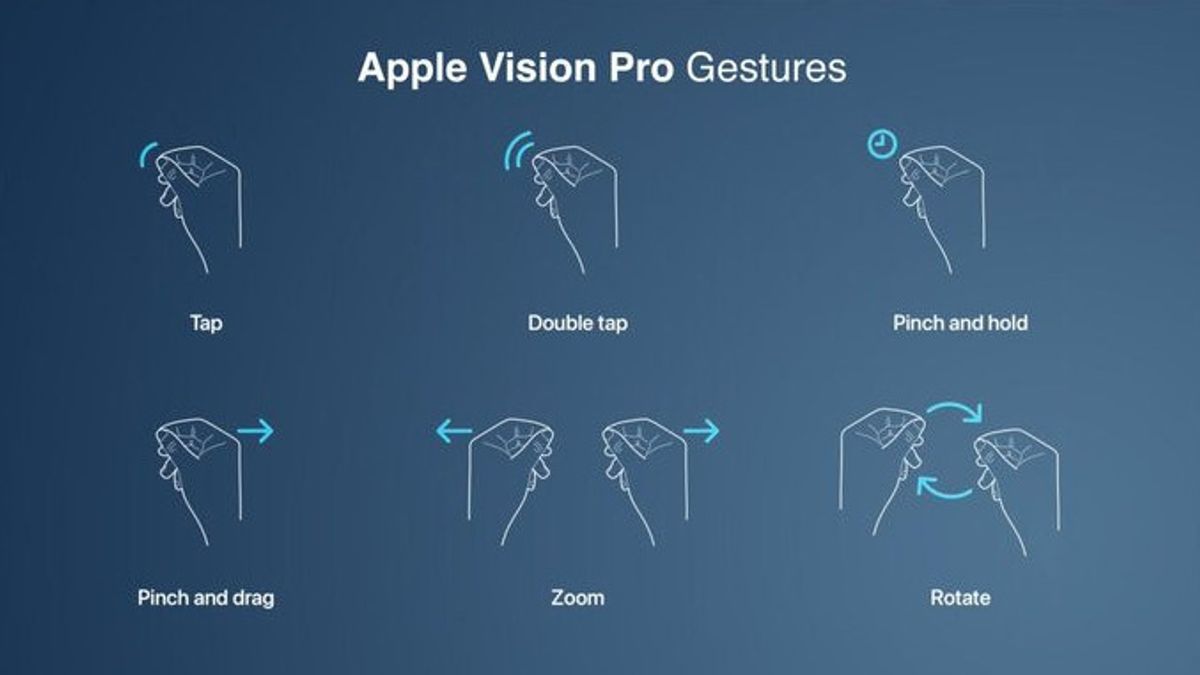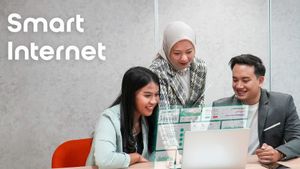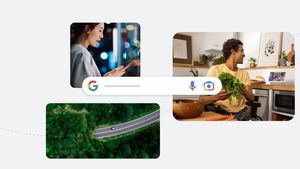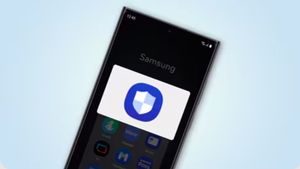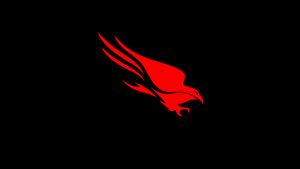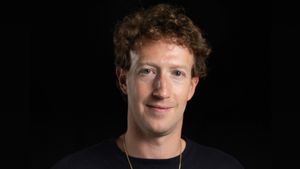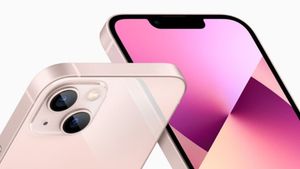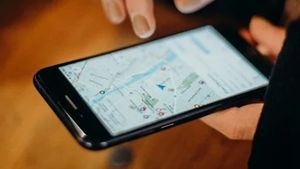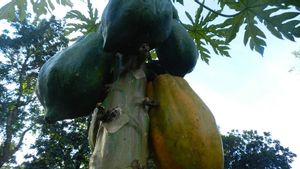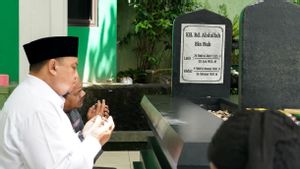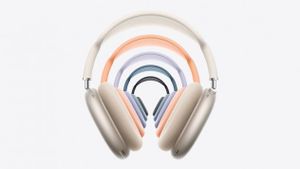JAKARTA - Apple has big plans to make Apple Vision Pro more accessible by allowing users to control the device using custom gestures.
Imagine being in a Zoom call and being able to turn off sounds like a radio DJ by making slicing moves in front of your neck. Or maybe making classic signatures of "my phone" and Apple Vision Pro will send details of your contacts to the people you see.
That's the implication of the latest patent given to Apple, "Method And Device For Defining Custom Hand Gestures." This is a method to assign any gesture to the Apple Vision Pro function, and although it comes from the headset accessibility feature, it has many uses.
In Apple Vision Pro demonstrations, Apple often said that this headset is the most accessible device. Even for short demonstrations, there is an option to help users with physical limitations.
"In various implementations, electronic devices detect predefined hand gestures carried out by users and, in response, carry out the corresponding functions," the patent said. "However, in various implementations, users may physically not be able to perform predetermined hand gestures or may want gestures to perform different functions."
This is similar to the Back Tap feature on an iPhone that may be introduced as an accessibility feature, but offers convenience so that it can be used by anyone. And like Back Tap, this patent suggests that gestures can run Shortcuts.
This opens up many possibilities. No matter how small a gesture can run a Shortcut, which could trigger a series of options.
As usual, patents prioritize how something can be done, rather than the use of these technologies. However, in 6,000 words and 48 images, this patent explains how future gestures can be detected and set on tasks or functions.
Train Apple Vision Pro To Recognize Gestur
Each step uses what Apple calls the Gesture Association Tool, which starts with asking what function the user wants to create. This patent is actually unclear about this stage, but users may have to choose a function or shortcut manually.
There is also the fact that if a gesture is a well-known but unused gesture, Apple Vision Pro can give it to you. An example is someone who brings his palms together, which Tool considers "Namaste."
SEE ALSO:
If the gesture is not recognized, this tool will ask for the name for it. Then, ask the user to repeat the gesture and then create a similar but different gesture.
After that, the new gesture will be recognized, and related tasks or functions will be carried out. Apple doesn't explain the editing or removal of gestures later, but there should be a way to do it and of course to see all the custom gestures.
Apple's patent also did not comment on whether, for example, Apple Vision Pro would refuse to recognize gross gestures.
This patent, which hopes everyone will behave well, is credited to two inventors, Thomas G. Salter and Richard Ignatius Pusal Lozada. Both had many previous patents linked to augmented reality and graphics environments.
The English, Chinese, Japanese, Arabic, and French versions are automatically generated by the AI. So there may still be inaccuracies in translating, please always see Indonesian as our main language. (system supported by DigitalSiber.id)
